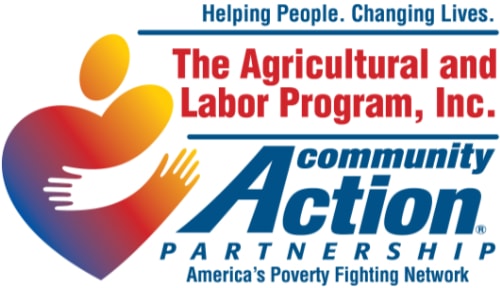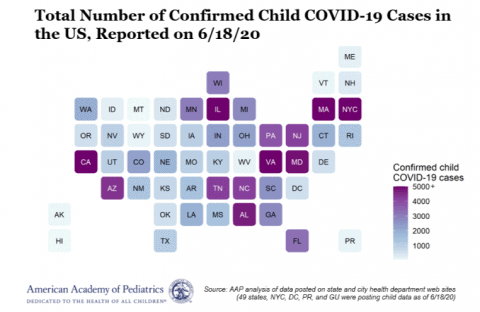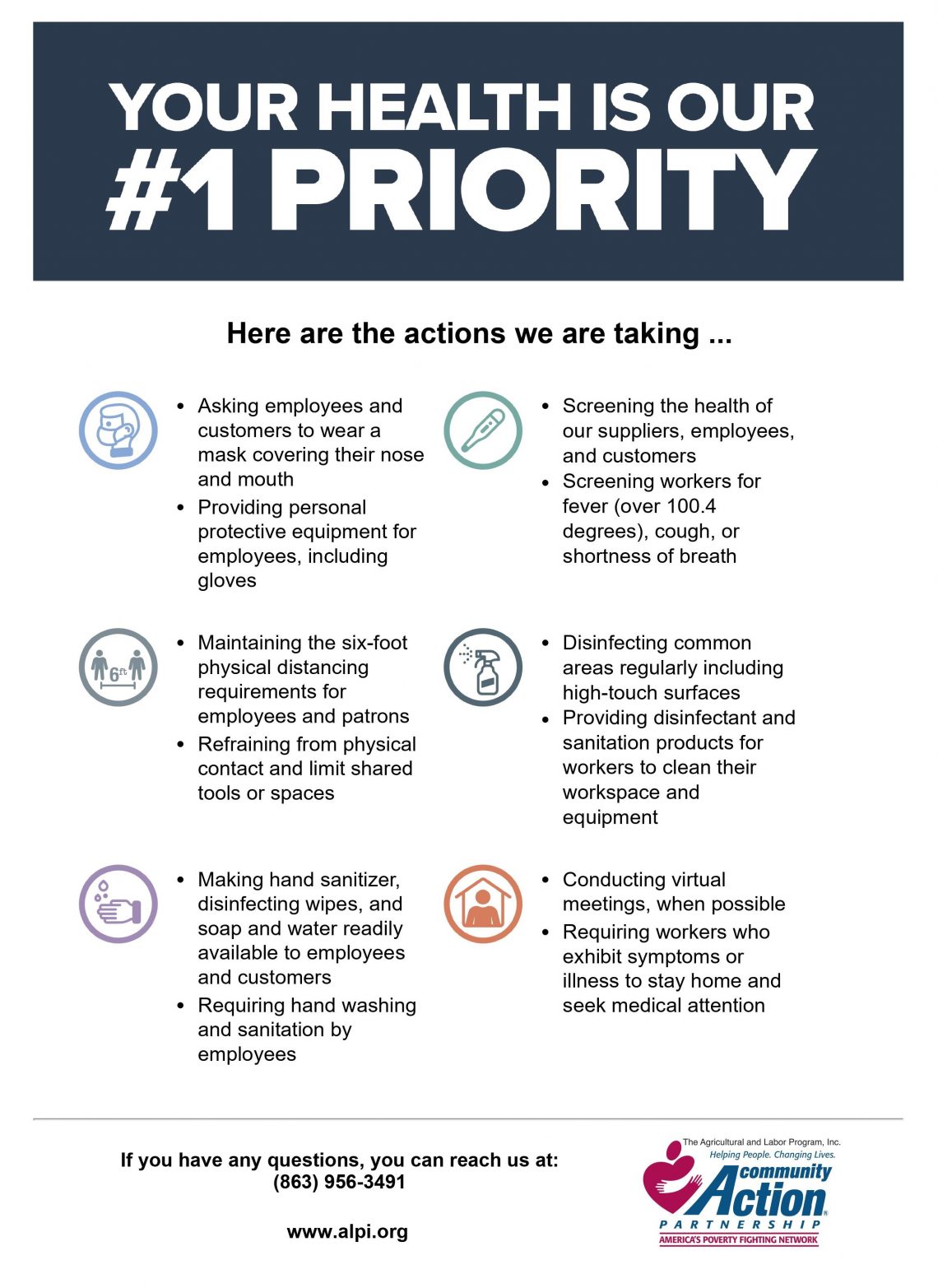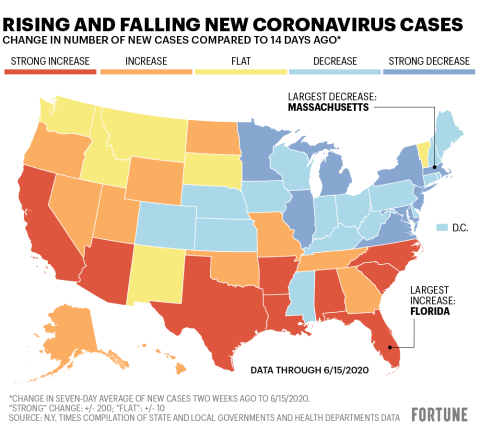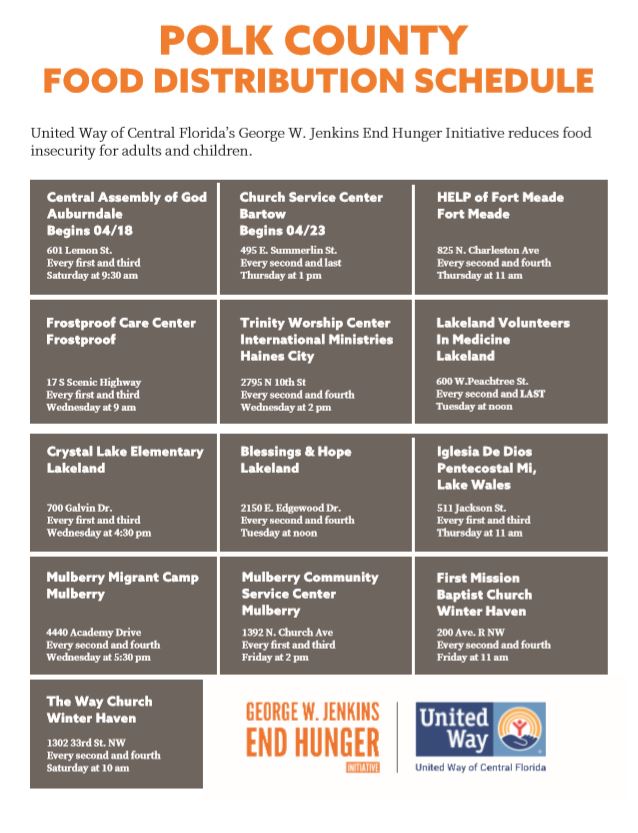 Maria-Crespo
Maria-Crespo
FDA advises consumers not to use hand sanitizer products manufactured by Eskbiochem
FDA advises consumers not to use any hand sanitizer manufactured by Eskbiochem SA de CV in Mexico, due to the potential presence of methanol (wood alcohol), a substance that can be toxic when absorbed through the skin or ingested. FDA has identified the following products manufactured by Eskbiochem:
- All-Clean Hand Sanitizer (NDC: 74589-002-01)
- Esk Biochem Hand Sanitizer (NDC: 74589-007-01)
- CleanCare NoGerm Advanced Hand Sanitizer 75% Alcohol (NDC: 74589-008-04)
- Lavar 70 Gel Hand Sanitizer (NDC: 74589-006-01)
- The Good Gel Antibacterial Gel Hand Sanitizer (NDC: 74589-010-10)
- CleanCare NoGerm Advanced Hand Sanitizer 80% Alcohol (NDC: 74589-005-03)
- CleanCare NoGerm Advanced Hand Sanitizer 75% Alcohol (NDC: 74589-009-01)
- CleanCare NoGerm Advanced Hand Sanitizer 80% Alcohol (NDC: 74589-003-01)
- Saniderm Advanced Hand Sanitizer (NDC: 74589-001-01)
FDA tested samples of Lavar Gel and CleanCare No Germ. Lavar Gel contains 81 percent (v/v) methanol and no ethyl alcohol, and CleanCare No Germ contains 28 percent (v/v) methanol. Methanol is not an acceptable ingredient for hand sanitizers and should not be used due to its toxic effects.
Consumers who have been exposed to hand sanitizer containing methanol should seek immediate treatment, which is critical for potential reversal of toxic effects of methanol poisoning. Substantial methanol exposure can result in nausea, vomiting, headache, blurred vision, permanent blindness, seizures, coma, permanent damage to the nervous system or death. Although all persons using these products on their hands are at risk, young children who accidently ingest these products and adolescents and adults who drink these products as an alcohol (ethanol) substitute, are most at risk for methanol poisoning.
On June 17, 2020, FDA contacted Eskbiochem to recommend the company remove its hand sanitizer products from the market due to the risks associated with methanol poisoning. To date, the company has not taken action to remove these potentially dangerous products from the market. Therefore, FDA recommends consumers stop using these hand sanitizers and dispose of them immediately in appropriate hazardous waste containers. Do not flush or pour these products down the drain.
FDA reminds consumers to wash their hands often with soap and water for at least 20 seconds, especially after going to the bathroom; before eating; and after coughing, sneezing, or blowing one�s nose. If soap and water are not readily available, the�Centers for Disease Control and Prevention�(CDC) recommend consumers use an alcohol-based hand sanitizer that contains at least 60 percent ethanol.
FDA remains vigilant and will continue to take action when quality issues arise with hand sanitizers. Additionally, the agency is concerned with false and misleading claims for hand sanitizers, for example that they can provide prolonged protection such as 24-hours against viruses including COVID-19, since there is no evidence to support these claims.
To date, FDA is not aware of any reports of adverse events associated with these hand sanitizer products. FDA encourages health care professionals, consumers and patients to report adverse events or quality problems experienced with the use of hand sanitizers to FDA�s�MedWatch Adverse Event Reporting�program:
Children and COVID-19: State-Level Data Report Critical Updates on COVID-19 / Children and COVID-19: State-Level Data Report
As Of:� 6/18/2020
American Academy of Pediatrics
State-level reports are the best publicly available data on confirmed child COVID-19 cases in the United States. The American Academy of Pediatrics is collecting and sharing all publicly available data from states on child COVID-19 cases (see report Appendix for links to all data sources).
On June 18, the age distribution of confirmed COVID-19 cases was reported on the health department websites of 49 states, New York City, the District of Columbia, Puerto Rico, and Guam. While children represented only 6.2% of all confirmed cases in states reporting cases by age, over 116,000 children were confirmed to have contracted COVID-19.
A smaller subset of states reported on hospitalizations and mortality by age, but the available data indicated that COVID-19-associated hospitalization and death is uncommon in children.
At this time, it appears that severe illness due to COVID-19 is rare among children. However, states should continue to provide detailed reports on COVID-19 confirmed cases, testing, hospitalizations, and mortality by age so that the effects of COVID-19 on children�s health can continue to be documented and monitored.
Summary of Findings Reported on 6/18/20:
Confirmed Cases
-
116,176 total confirmed child COVID-19 cases reported
-
Children represented 6.2% (116,176/1,885,905) of all available confirmed cases
-
Overall rate: 162 confirmed cases per 100,000 children in the population
Testing
- In 7 states reporting, children made up between 5.2%-11.0% of total state tests
Hospitalizations
- In 19 states and NYC, children were 0.7%-3.3% of total reported hospitalizations
Mortality
- In 42 states and NYC, children were 0%-0.6% of all COVID-19 deaths; 24 states reported zero child deaths
Read the full report here.��
Florida leads U.S. in new coronavirus cases
Florida has broken its state�s record for daily new cases of�COVID-19�multiple times in the past week. That trajectory puts Florida, which has reported more than 80,000 cases in total, atop a list of nine states where coronavirus cases are rising significantly.�According to a�Fortune�analysis of�New York Times�data, Florida averaged 726 new cases per day in the seven-day period ending June 1; that compares to an average of 1,775 new cases per day in the seven-day period ending yesterday, June 15. (While concerning, those figures are well off New York�s April 4 peak in new cases, when the state reported 12,312 new cases in one day.)
While some officials In Florida have linked the increase to higher rates of coronavirus testing, data shows that the�rate of positive COVID-19 tests�in Florida is increasing. The state�s data reporting and decision-making around reopening has been a subject of�some controversy.
Arizona and Texas were also among states to see a significant increase in new cases over the past seven days as compared to two weeks prior. On average, Arizona has 811 more new cases per day in the past seven days than in the seven-day period ending June 1.
The states that were hit hard in the early stages of the pandemic and thus are still in the beginning stages of reopening continued to see decreases in new cases. New cases reported per day in Massachusetts are down by an average of 781 cases compared to two weeks ago. Seven other states, including Illinois and Virginia, saw significant drops in new cases between the two periods.
Overall, slightly more states saw the trajectory of new cases declining than rising, but the total number of new cases per day across the country, on average, was slightly higher for the week ending June 15 (21,821) compared to two weeks ago (21,510).
State-by-state breakdown of daily new cases
New cases based on a seven-day average.

Got questions about Florida�s Phase 2 reopening? We�ve got answers.
On Wednesday, June 3, 2020, Gov. Ron DeSantis announced Florida would be moving to �Phase 2�of its reopening plans, the second of a three-step process, this week.� Read the entire article here.
Help on the way: United Way of Central FL helping to distribute federal aid to Polk County residents
POLK COUNTY, Fla. (WFLA) � Millions of dollars from the Coronavirus Aid, Relief and Economic Security (CARES) Act will be funneled through the United Way of Central Florida before being dispersed to people in need in Polk County.
�We�re providing the [board of county commissioners] that expertise and that knowledge and that vetting process to ensure that it�s going to the best non-profits in the community,� said Christina Criser Jackson, president & CEO of United Way of Central Florida.
Polk County commissioners received $30 million from the CARES Act and are partnering with United Way to allocate $15 million of the aid to non-profit organizations.
United Way is accepting applications from non-profit organizations to receive some of the $15 million available.
The non-profits will give the funds to people who lost income due to the COVID-19 pandemic for rent/mortgage assistance, utility assistance, food assistance, childcare and adult care assistance and emergency response.
The aid is capped at $2,000 per household.
The non-profit organizations must submit an �intent to apply� by Wednesday at 5 p.m. The deadline for submissions is Thursday at 5 p.m. Organizations can apply�through this web portal.
�We know these partners in and out and we�ve been able to vet them in the past and we�ll continue to do that,� said Criser Jackson.
The contracts will be up for approval at the May 20th board of county commissioners meeting and can be made available to non-profit organizations following the United Way�s May 22nd board meeting, Criser Jackson said.
United Way has seen the booming demand firsthand. Its 211 call center, which refers callers to agencies and programs where they can get help, has seen a sharp rise in call volume.
�In some circumstances, we�ve increased our calls from roughly 300-500 calls a month to 3,500 � 4,000 calls a month and we expect that to increase with this additional funding,� said Criser Jackson.
The CEO tells 8 On Your Side the�United Way drive-thru food distribution sites�have seen hundreds more vehicles than initially planned.
�The need has been overwhelming,� she said. �We�re having to turn away a hundred, two hundred cars.�
This need has been magnified by�an unemployment system�that has been slow to provide benefits to people who lost their jobs.
Lakeland�s Arrin Oswald helped her mother-in-law organize ballroom dance competitions.
�It was just clarified maybe two or three weeks ago that there�s not gonna be any more competitions for the rest of the year,� she said.
Now she�s living in a home with her husband, teenage son and her in-laws.
�There�s definitely the decision � do we pay our cell phone bill or do we get our prescriptions this month?� she said. �You have to put certain things in the top of your list when you�re in these types of situations.�
The Oswalds, she said, could benefit from assistance like what�s being provided by the United Way and the county.
Residents can also apply directly to access aid later this month.
�The [board of county commissioners] has an additional $15 million that they are allocating through a call center. That�s a web portal that they�re launching on the 20th that they will be able to serve community members that can get access to WiFi and to a computer to apply,� said Criser Jackson.
The United Way of Central Florida already�awarded $310,056 in grants�from the United Community Relief Fund.
City of Lakeland residents who lost wages due to the pandemic can access rental assistance through�the city�s website. All other Polk County residents can access that aid�through the county.
Anyone in need of help should call 211.
By:� Staci DaSilva (WFLA)
